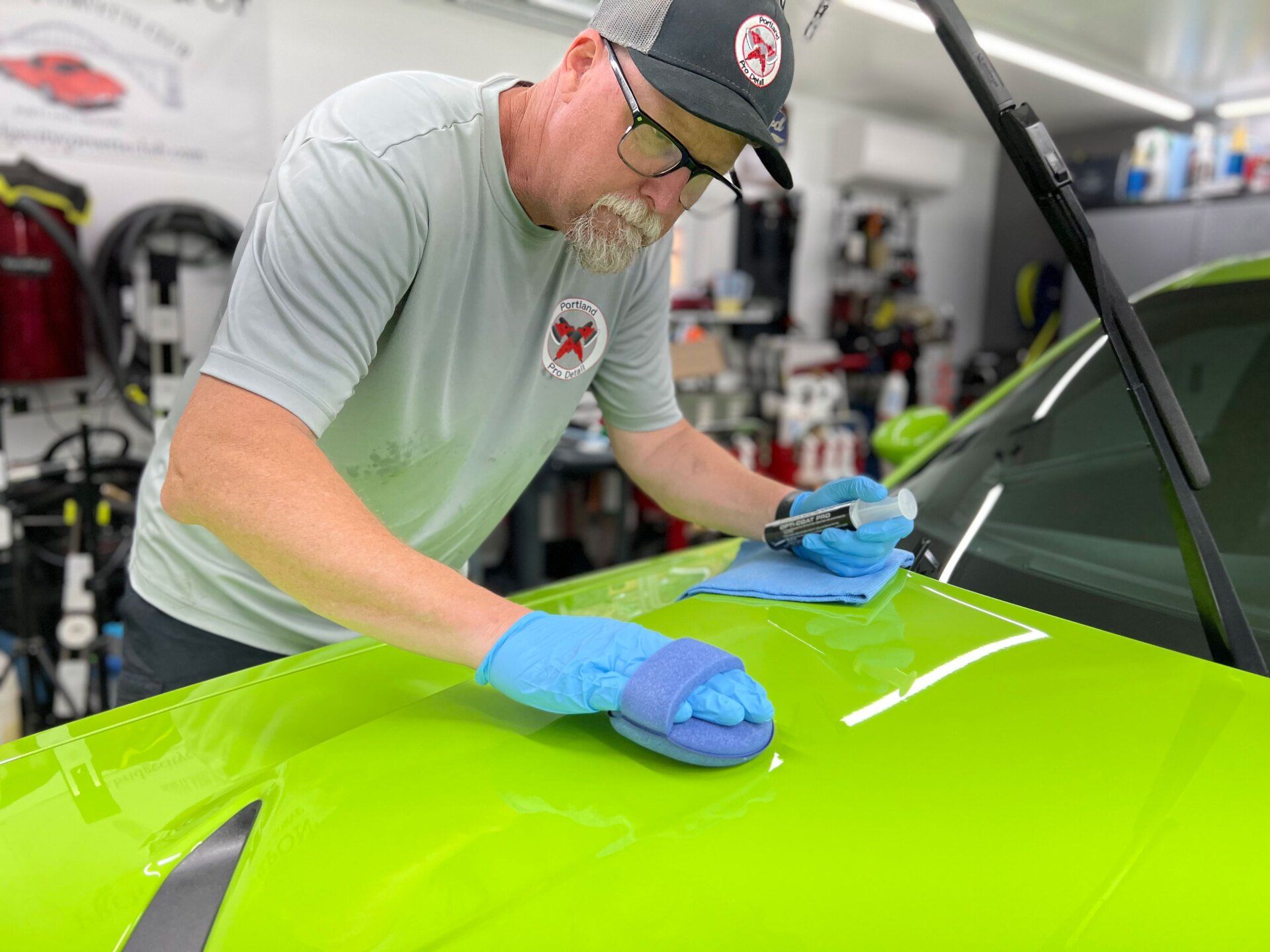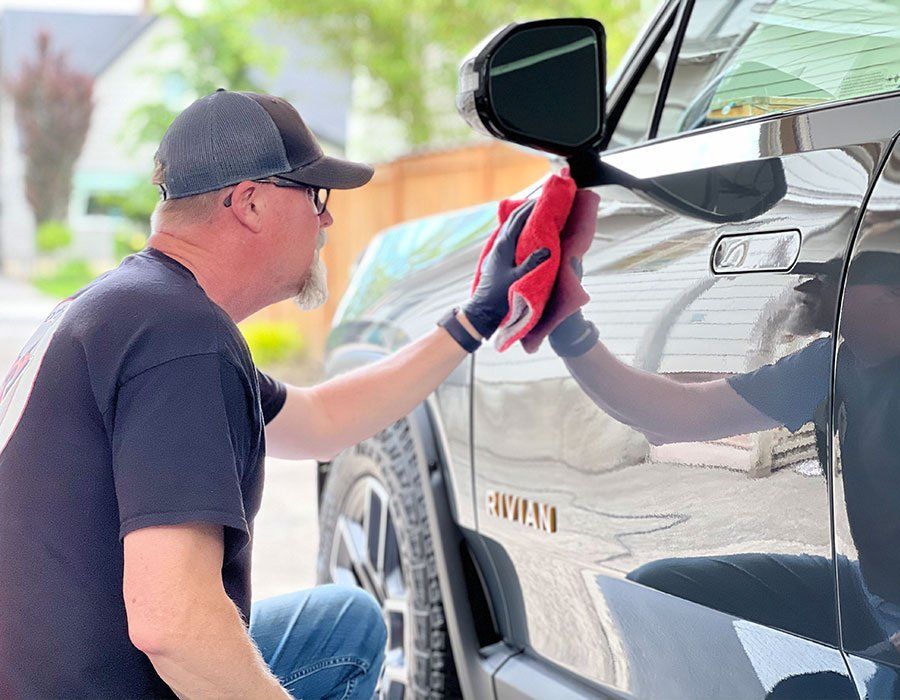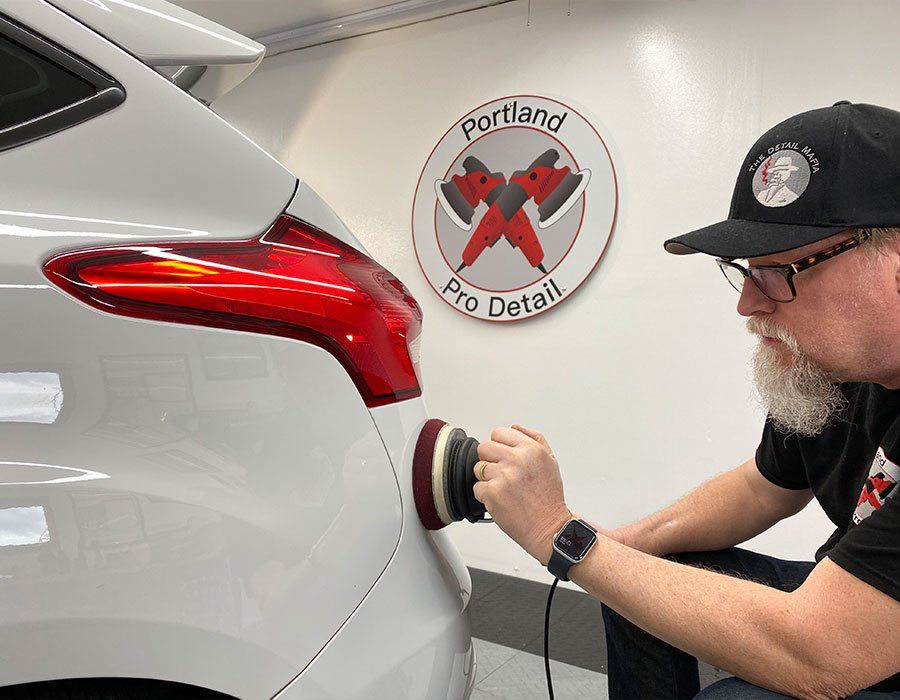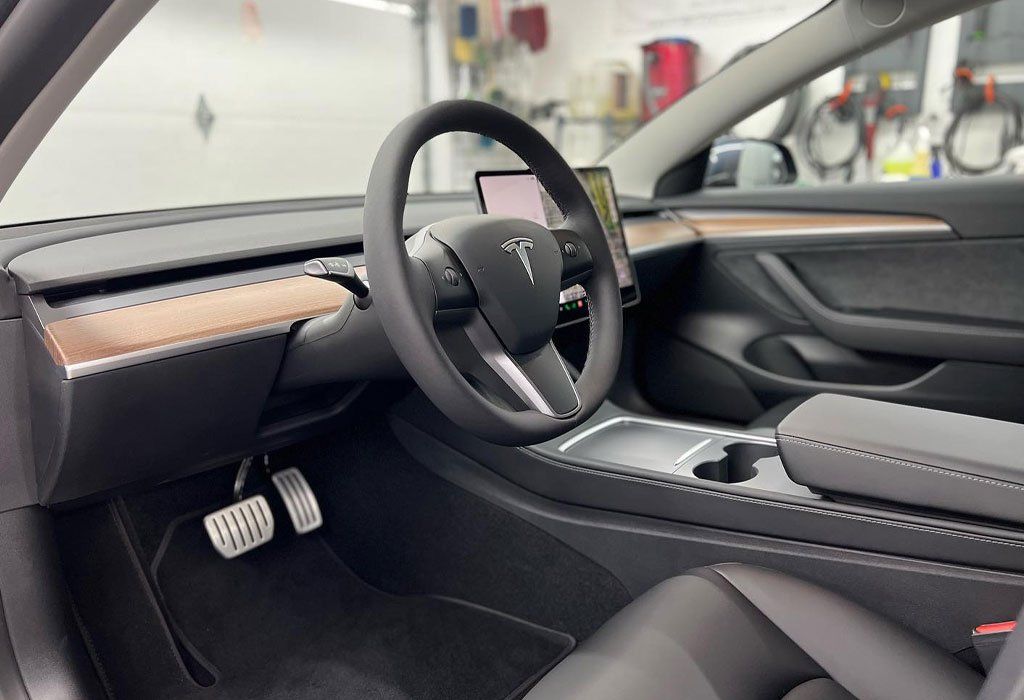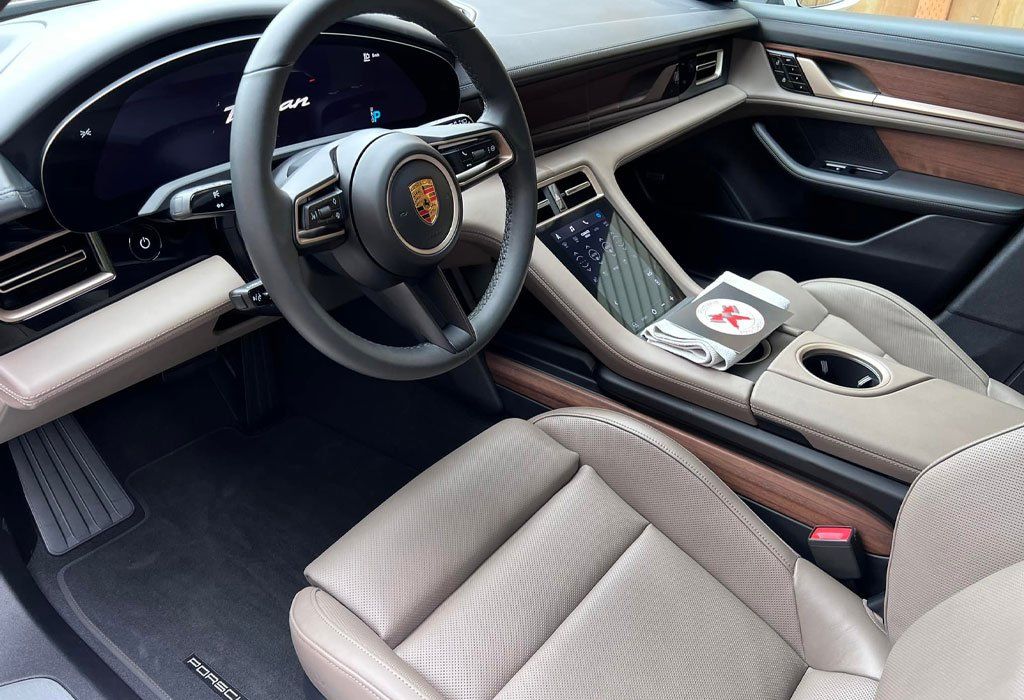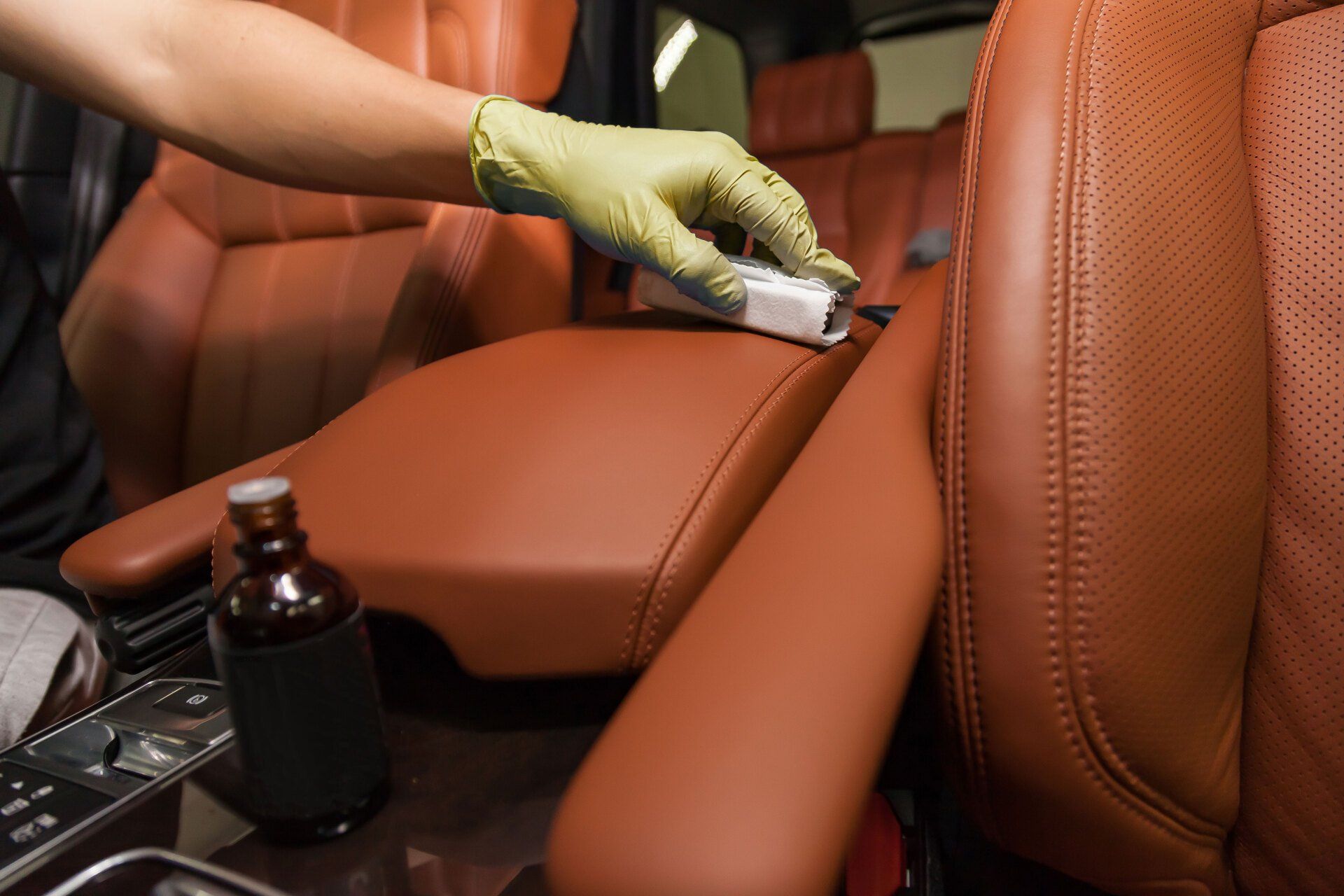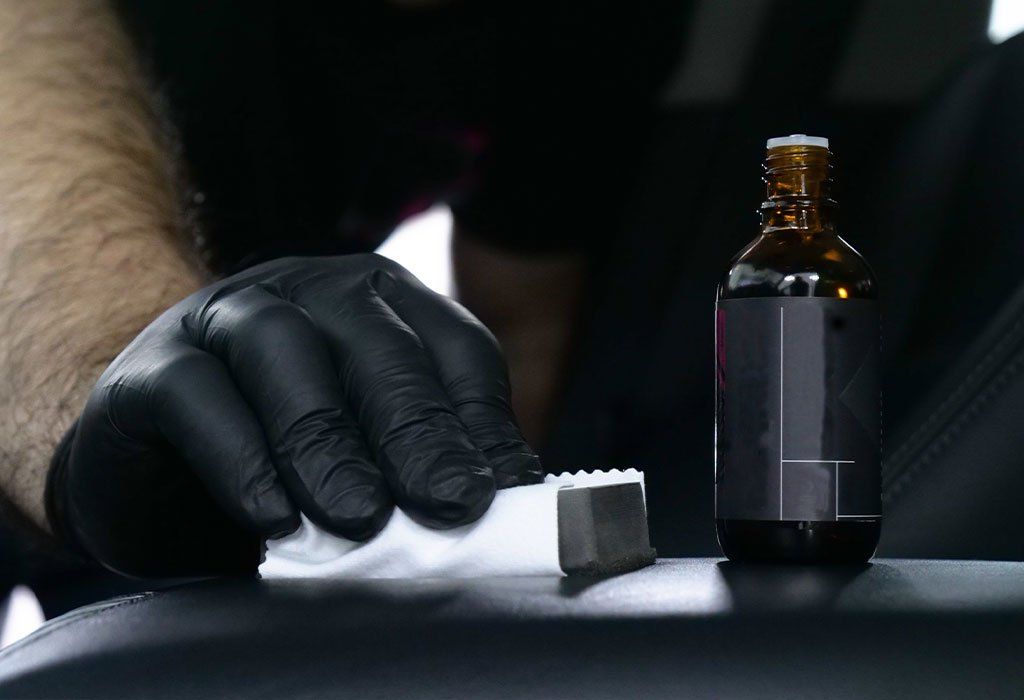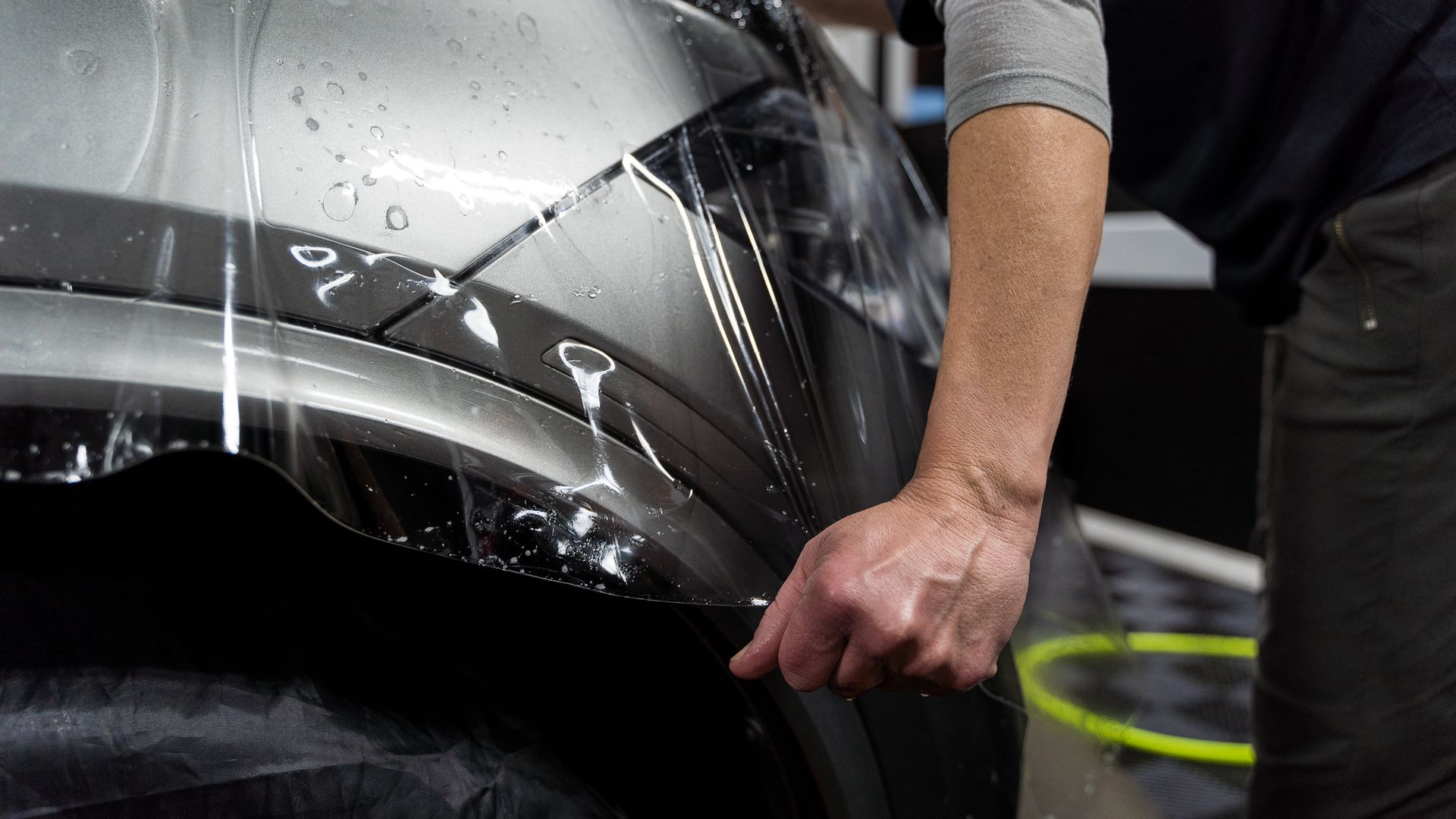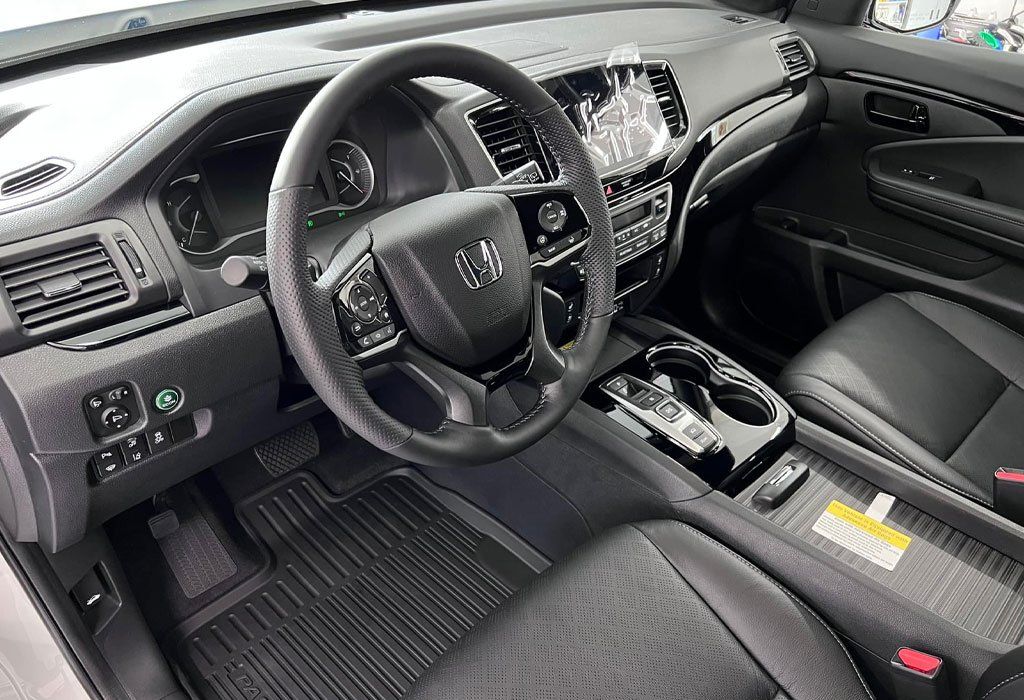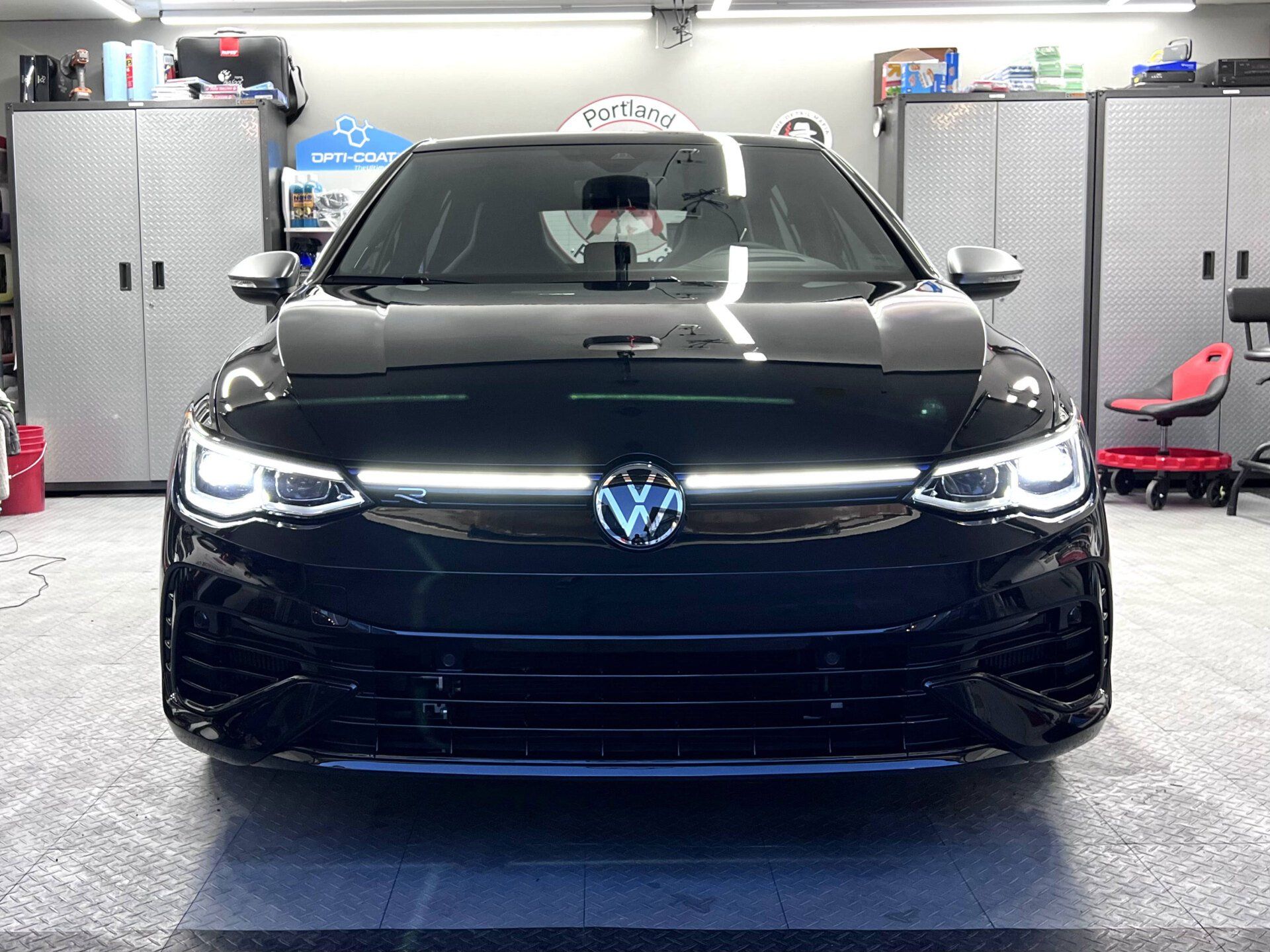Keep Your Car Smelling Fresh With Interior Ceramic Coating for Odor Protection
CALL (503) 444-7415
Imagine taking your friends on a road trip and hoping they won't notice the lingering pet odors in your car. Traditional air fresheners might temporarily mask the smell, but they fail to tackle the root cause. Turning to new technology for help reveals a surprising and effective solution—interior ceramic coatings. These coatings aren't just for protecting against spills and UV damage; they are also remarkable at keeping your car's interior smelling fresh.
An interior ceramic coating helps keep your car smelling fresh by creating a protective layer that repels dirt, spills, and odors from setting into the upholstery and surfaces. Additionally, many coatings contain antimicrobial properties that inhibit the growth of mold and bacteria, further contributing to a cleaner and fresher-smelling interior.
Why Use Interior Ceramic Coating
One of the main reasons to consider applying an interior ceramic coating is its remarkable durability. This isn't just any sealant; this liquid polymer forms a bond that becomes an integral part of your vehicle’s surfaces. Imagine a shield that defends against stains and scratches while providing long-lasting protection from the daily deterioration caused by sun exposure, spills, and even the simple act of entering and exiting your vehicle. Every time you hop in your car, your upholstery faces wear and tear, so providing it with a robust layer like ceramic coating is akin to putting on armor.
The durability of ceramic coatings can easily last up to five years with proper maintenance, making them a worthwhile investment for protecting your vehicle. Another compelling aspect is how these coatings enhance your vehicle's appearance. Picture this: your leather seats glowing with a like-new sheen, free from unsightly stains or fading. This visual appeal does more than please the eye; it plays a vital role in maintaining resale value. A car that looks pristine attracts buyers and can command higher prices because it conveys the message of care and meticulous ownership.
Protection Against Odors
Let's touch on another important factor—odor protection. Unlike conventional treatments that merely mask smells with fragrances, interior ceramic coatings tackle odors at their source. Spills from food or drink, fresh dog fragrances, or even leftover gym gear can create unpleasant odors over time. The coating creates a barrier that prevents these substances from penetrating into the fabric or leather, stopping bad smells before they start. Having a car that smells fresh and clean adds to the overall experience of driving it. No one wants to be surrounded by unpleasant scents during their daily commute or road trips. With ceramic coatings, you’re investing in both cleanliness and a more enjoyable ride.
As you think about applying interior ceramic coatings, remember that these high-tech solutions offer more than just surface-level protection. They prolong the life of various materials within your car—and they do so while elevating the entire driving experience. Your vehicle can look beautiful, remain protected against everyday wear, and smell great—all thanks to this innovative approach to automotive care.
Long-Lasting Odor Protection
One of the remarkable advantages of interior ceramic coatings is their exceptional ability to stop odors in their tracks. Unlike traditional air fresheners, which merely attempt to cover up unpleasant smells, ceramic coatings create a protective barrier that actively prevents the absorption of foul odors into your car’s upholstery. Essentially, these coatings work on a molecular level to repel dirt and grime while also preventing any scents from penetrating the surfaces of your fabric or leather.
This means that every time you drive, especially after a fast-food run or a trip with the dog, you won't have to worry as much about pesky smells lingering in your car. Instead of relying on transient fixes like sprays and deodorizers—which often only offer temporary relief—your car remains cleaner and fresher for an extended period. This enhances the driving experience and can significantly boost the resale value of your vehicle by maintaining the integrity of its interior over time.
For those who often navigate through life with furry friends or constantly find themselves transporting smelly items, this feature can be nothing short of transformative. Many pet owners will attest that even with diligent cleaning, some odors just seem to cling stubbornly to car interiors, but with interior ceramic coatings, you can significantly reduce this problem. By ensuring that odors cannot embed themselves within your vehicle's materials, you're making a proactive choice for cleanliness and comfort—a perfect way to prepare for the upcoming practical applications that can help you achieve this state of freshness.
Steps for Applying Ceramic Coating
When applying ceramic coating to your car’s interior, follow these vital steps:
- Clean the Surfaces Thoroughly: The first step to achieving a long-lasting ceramic coating is to start with exceptional cleanliness. Dust, dirt, and oils can prevent the coating from properly adhering to surfaces, potentially leading to unsatisfactory results. To get started, choose a mild detergent suitable for automotive use and pair it with a soft cloth. Gently wipe down all interior surfaces, from the dashboard to the seats. Pay extra attention to high-contact areas like door handles and armrests where oils from hands regularly accumulate. Remember, a pristine surface isn't just about appearances; it's essential for the ceramic coating to bond effectively and provide optimal odor protection.
- Apply the Ceramic Coating: With surfaces well-prepared, it’s time to apply the ceramic coating. It’s best done methodically using an applicator pad designed specifically for this purpose. Pour a small amount of the ceramic coating onto the pad—less is more here; you don't want to oversaturate it. Begin applying the ceramic coating in overlapping sections, moving from left to right and back again. This technique ensures even coverage without streaks or missed spots. You’ll notice that the coating should glisten as it goes on; however, caution against over-applying—too much product can lead to unevenness and poor adhesion.
- Buff the Surface: After allowing the ceramic coating to sit for a few minutes—just enough time for it to settle in—it's time for buffing. Take a clean microfiber towel and gently buff each section of the coated surface in circular motions. This process not only smoothens out any irregularities but also enhances that glossy finish we all love seeing in freshly treated interiors. Think of this step as giving your car’s interior a gentle massage; it makes everything feel polished and refined while ensuring that any excess coating is removed.
- Allow to Cure: Finally, we need to give our hard work some time to set. To ensure maximum protection from odors and stains, let the ceramic coating cure undisturbed for at least 24 hours before using your car. This waiting period allows the coating molecules to bond fully with your vehicle's interior materials, providing that robust shield against odors you’ve been aiming for. While it might be tempting to take your car out immediately after application, remember that patience will pay off in prolonged freshness and protection.
Choosing a Professional Detailer
Selecting a professional detailer requires a careful and methodical approach to ensure the best results for your vehicle’s interior. By focusing on experience, reputation, and credentials, you can confidently choose a detailer who will deliver high-quality ceramic coating services. Here’s a guide to key factors to consider:
- Experience and Reviews: Start by examining the detailer’s experience and reviews to gauge their reliability and skill. Online platforms like Yelp and Google Reviews offer insights into customer satisfaction and service quality. Look for consistent positive comments about attention to detail, as well as any red flags related to poor application or unprofessional results.
- Attention to Review Trends: When reading reviews, pay attention to common themes that repeat across different customers. Positive feedback on meticulousness and professionalism can indicate strong service quality, while complaints should be noted as well. By focusing on trends in reviews, you can get a clearer picture of the detailer’s strengths and weaknesses.
- Portfolio of Work: Reviewing a detailer’s portfolio is another effective way to assess their craftsmanship. Most professionals display high-resolution photos of their completed projects, including ceramic coatings on interiors. Quality portfolios should demonstrate clean, smooth surfaces, showcasing the detailer’s skill and precision.
- Inspection of Finishes: As you examine the portfolio, pay close attention to how finishes appear in their photos. Well-done applications should look even, polished, and free of streaks or inconsistencies. A professional detailer should be open to sharing these images, as they reflect the standard of work you can expect for your vehicle.
- Credentials and Certifications: Verifying a detailer’s certifications is essential, as it indicates a commitment to ongoing training and adherence to industry standards. Many detailers obtain certifications from ceramic coating manufacturers, which reflect training in product-specific techniques and quality assurance. Asking about certifications can also reveal the detailer’s dedication to their craft.
- Experience with Specific Brands: It’s helpful to ask about a detailer’s experience with the specific ceramic coating brands they use. Different brands may have unique application processes, and a seasoned professional should be knowledgeable in each. This expertise is crucial in ensuring that the coating is applied correctly and effectively.
Taking these steps to choose the right detailer will result in high-quality ceramic coatings that enhance your vehicle’s interior and protect it from wear. By focusing on experience, portfolio quality, and industry credentials, you can enjoy the peace of mind that comes with knowing your car is in skilled hands.
Easy Maintenance and Cleaning
Keeping your car's interior fresh after applying ceramic coating is a breeze when you adopt simple cleaning habits. While ceramic coatings effectively repel liquids and dirt, they need routine upkeep to prolong their benefits. Wiping surfaces not only maintain cleanliness but also enhance the appearance of your vehicle. Treating your car with kindness ensures both a pristine interior and a prolonged lifespan for the coating itself.
Use pH-Neutral Cleaners
One of the easiest ways to care for your newly coated surfaces is to choose pH-neutral cleaning solutions. These gentle cleaners are specifically formulated to avoid damaging ceramic coatings, ensuring that they last longer without degrading. Steer clear of harsh chemical cleaners or those laden with acids as they can erode the protective layer you've invested in.
Routine Vacuuming
Having a regular vacuuming schedule can immensely improve your car's atmosphere. Not only does vacuuming remove stubborn debris like crumbs or dirt, but it also reduces the risk of creating scratches and abrasions on your upholstered surfaces. Accumulated grit can create odors and damage your interior over time, leading to more significant issues down the line. Consider scheduling a quick vacuum session once a week. It doesn't have to be a formal event—you could do it while waiting for an appointment or before a road trip.
As you incorporate these small cleaning habits into your routine, you're also taking steps toward creating a more environmentally friendly atmosphere inside your vehicle, which enhances the overall driving experience for everyone involved.
Ultimate Interior Ceramic Coating Service in Portland, OR
Protect and preserve your vehicle's interior with Portland Pro Detail's
ultimate interior ceramic coating service in Portland, OR. Our advanced ceramic coatings create a durable barrier that guards against spills, stains, and everyday wear, ensuring your seats, carpets, and surfaces stay clean and fresh. This protective layer not only makes cleaning easier but also extends the life of your interior. Book your service today and enjoy a well-maintained, like-new interior for years to come. Call us at (503) 444-7415 to get started!

